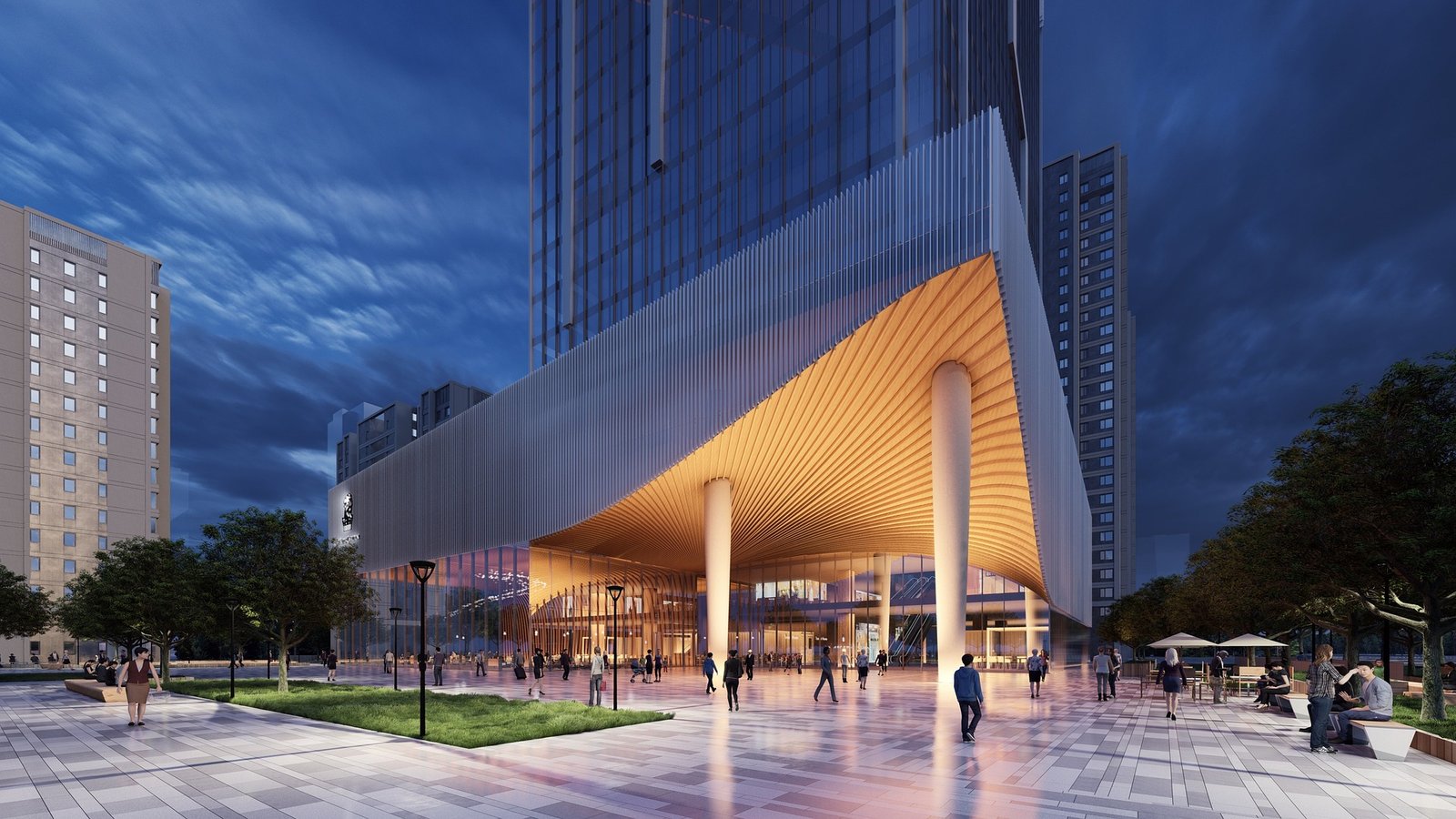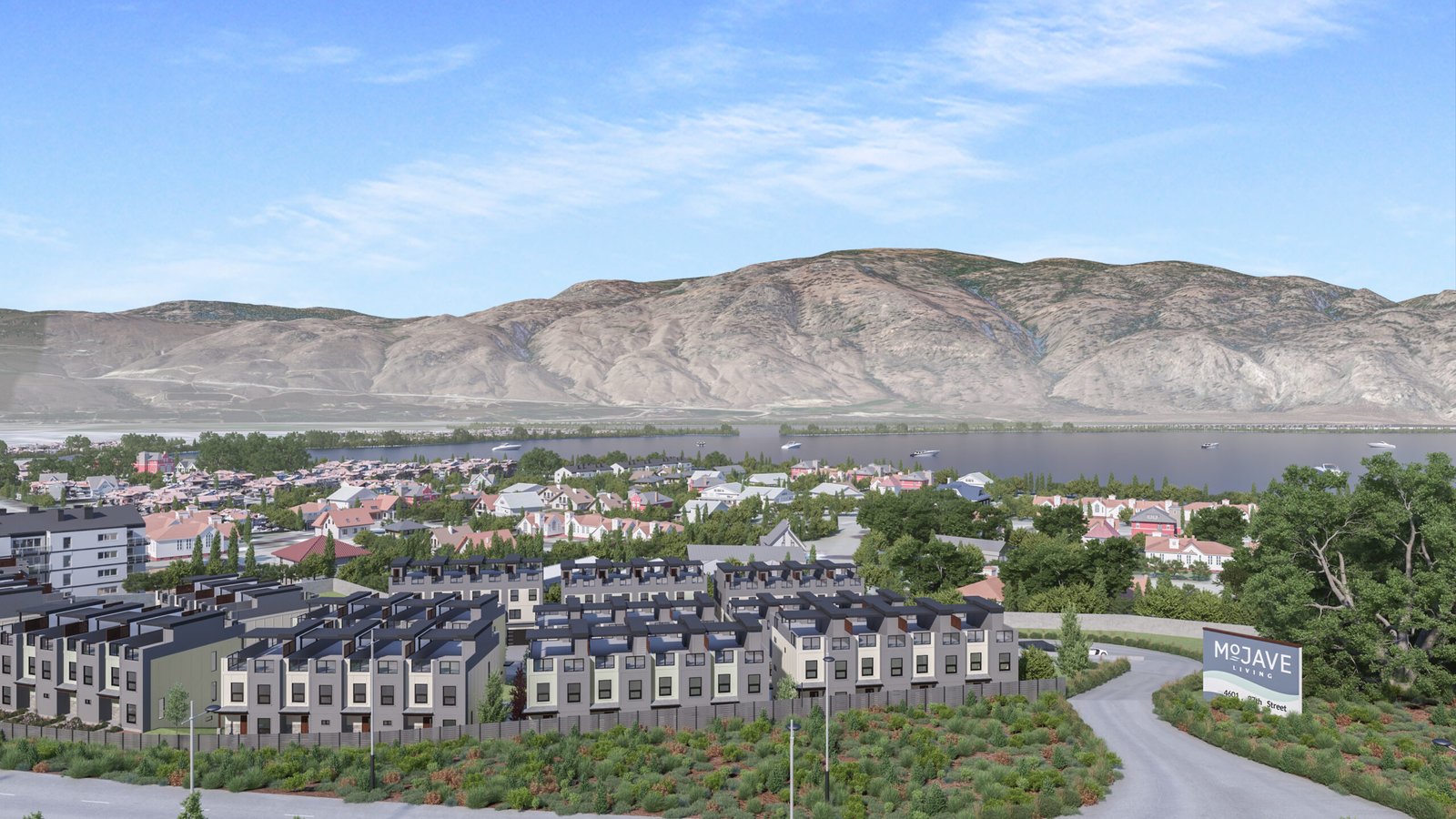The transformative power of 3D rendering lies in its ability to bridge the gap between abstract ideas and concrete reality, fueling architectural success through clarity, engagement, and impact.
Advancements in digital technology have redefined the way architects, developers, and designers approach their work. Traditional blueprints, sketches, and 2D CAD drawings serve their purpose, but they often fail to convey the emotional and visual weight of a project.
3D architectural rendering has become the ultimate game-changer. A tool that offers breathtaking clarity, accelerates decision-making, and ultimately turns concepts into profitable, high-value assets.
This isn’t just a technological leap; it’s a creative revolution that transforms how the architectural world operates and engages with stakeholders.
The Visual Revolution in Architecture
Architectural design has evolved far beyond traditional blueprints and hand-drawn sketches. With advancements in digital technology, 3D rendering has emerged as the powerhouse behind modern architectural visualization.
Its applications go far beyond mere aesthetics; 3D renders enable stakeholders to experience a project long before the first brick is laid. By converting concepts into detailed, photorealistic images and animations, 3D rendering provides the necessary clarity and engagement that influences both client decisions and investment outcomes.
Key Points:
- Enhanced Communication: 3D rendering turns abstract concepts into clear, visual narratives.
- Investor Confidence: Detailed visuals reduce risk and encourage quicker funding decisions.
- Market Differentiation: High-quality renders help projects stand out in a saturated market.
Understanding 3D Architectural Rendering
Architects and designers often face a common challenge: how do you present a vision in a way that people can truly understand and connect with?
When you’ve spent hours fine-tuning every angle of a structure or ensuring the balance between design and function, the last thing you want is for your ideas to be lost in translation. This is where 3D rendering steps in, offering a solution that allows your audience to not just see but experience your designs before the first stone is laid.
At its core, 3D rendering transforms computer-aided design (CAD) data into realistic images or animations. The process begins with the creation of accurate 3D models of buildings and landscapes. Textures are applied to simulate materials like glass, wood, and stone, lending a tactile quality to the visuals.
Lighting simulations, including global illumination techniques, enhance the realism by accurately depicting how light interacts with different surfaces. Rendering engines finalize the process, generating photorealistic outputs that can be further refined during post-production to achieve the highest visual quality.
The Process of 3D Rendering
Modeling:
- Creating an accurate 3D model of the building and its surroundings.
- Incorporating intricate details such as façade elements, windows, and landscaping.
Texturing:
- Applying high-resolution textures to simulate materials like stone, wood, glass, and metal.
- Ensuring reflective and refractive properties mimic reality.
Lighting and Shadows:
- Simulating natural and artificial lighting with techniques like Global Illumination and HDRI.
- Accurately casting shadows for depth and realism.
Rendering and Post-Processing:
- Using advanced rendering engines (e.g., V-Ray, Lumion, or Unreal Engine) to produce the final output.
- Enhancing images with post-production techniques (color grading, compositing, etc.) to create a polished final presentation.
Why It Matters
The difference between showcasing a flat drawing and presenting an immersive 3D rendering isn’t just technical—it’s emotional. It’s the reason why clients gasp when they see sunlight streaming through a virtual window, or why an investor commits to funding a project after witnessing its potential unfold in a digital flyover.
3D rendering transforms ideas into experiences, allowing audiences to feel the space and truly understand its value.
Transforming Visualization Designs into Market-Ready Assets
Every architectural project is born from a spark of creativity, but transforming that spark into something buyers and investors value is a challenge. 3D rendering amplifies your vision, turning it into a market-ready asset that doesn’t just exist—it stands out.
Visual communication plays a vital role in architectural success. 3D rendering brings designs to life, offering clarity and precision that traditional methods cannot match. Clients and investors can experience the interplay of textures, materials, and environmental elements in a visually engaging format, forming a stronger emotional connection to the project.
Elevating Presentation Standards
Imagine standing before a room of investors, showcasing your project with visuals that capture every exquisite detail. Lifelike textures—from polished marble to rough-hewn wood—radiate sophistication.
Dynamic lighting simulations highlight how your building will look at sunrise, dusk, or under ambient streetlights. These aren’t just images; they’re experiences that resonate, leaving lasting impressions on your audience.
Driving Higher Property Value
Projects presented with high-quality 3D renderings almost always command a premium price. Buyers are willing to pay more when they can see quality and innovation brought to life in photorealistic detail. Investors, too, are drawn to these visuals, confident in their ability to sell a concept that feels as tangible as the finished structure.
Whether it’s a luxury apartment complex or an eco-conscious commercial building, your property’s perceived value skyrockets when presented through 3D rendering.
Building Connections That Matter
Clients and stakeholders don’t just want to understand your project—they want to believe in it. When you present your designs in vivid, immersive detail, you’re not just providing information; you’re forging an emotional connection. They’re not just seeing a building; they’re imagining themselves within it, interacting with its spaces, and embracing its possibilities.
Driving Sales and Building Investor Confidence
Speeding Up Sales Cycles
Anyone who’s ever pitched a project knows that time is money. Delayed decisions, drawn-out negotiations, and uncertain buyers can drain momentum and resources. Photorealistic 3D rendering solves this by making the decision-making process faster and smoother.
Imagine a buyer exploring a virtual walkthrough of a future home, feeling its charm and visualizing their life within it. This immersive experience removes hesitation and allows decisions to flow organically. Sales cycles become shorter, and deals close faster.
Creating Investor Trust
Investors often operate on calculated risks, and 3D rendering is the key to tipping the scale in your favor. When every detail is presented accurately—down to how light refracts through floor-to-ceiling windows—they see your project’s potential with clarity. It’s not just a pitch; it’s a promise backed by visuals so convincing, they feel as though the project has already been realized.
Raising Market Perception
3D rendering doesn’t just sell individual properties; it elevates your brand in the marketplace. When stakeholders see high-quality visuals associated with your projects, they associate your name with professionalism, innovation, and creativity. Over time, this reputation boosts your overall business success.
Enhancing Marketing Strategies
Visual storytelling is the backbone of modern marketing, and 3D rendering is its most powerful tool. Whether it’s through websites, email campaigns, or social media, these visuals draw attention, spark conversations, and generate leads.
Making Campaigns Pop
High-definition renderings don’t just sit quietly on a page—they command attention. They’re the Instagram posts that stop users mid-scroll and the email banners that make clients pause. When paired with virtual tours or augmented reality (AR), they elevate marketing to entirely new levels, providing audiences with interactive experiences that deepen their engagement with your brand.
Captivating New Audiences
Interactive 3D renderings—whether through walkthroughs or flyovers—are magnetic. They hold the viewer’s attention and make them want to explore. Imagine potential buyers navigating the outdoor spaces of a luxury resort or investors experiencing the eco-friendly systems of a green-certified office complex. These tools captivate not only traditional audiences but also untapped markets, expanding your reach and generating enthusiasm for your project.
Real-World Applications
In the real world, 3D rendering has been the silent hero behind many architectural successes.
Urban Mixed-Use Developments
A renowned mixed-use development used 3D rendering to visually integrate residential, commercial, and green spaces. These visuals didn’t just present functionality; they conveyed a lifestyle—one that stakeholders were eager to invest in. As pre-sales soared and investors signed off, the project became a shining example of rendering’s power.
Luxury Residential Projects
The team behind a luxury residential development in the heart of the city knew their audience demanded excellence. They used 3D rendering to bring their designs to life, showcasing every facet of the exterior and interior. Buyers were able to picture their lives within the spaces, resulting in record-breaking sales and higher-than-expected valuations.
The Future of 3D Rendering and Architectural Visualization
The possibilities of 3D rendering are expanding rapidly. Real-time rendering technology allows instant changes and feedback, making client collaboration seamless. Virtual reality (VR) and augmented reality (AR) enhance immersion, enabling stakeholders to experience projects as if they’re already complete.
Meanwhile,
Artificial intelligence (AI) continues to refine rendering processes, automating tasks and elevating quality. Architects and developers who embrace these advancements will unlock creative horizons and achieve unparalleled market competitiveness.
Transformative Power of 3D Rendering
3D rendering is more than a tool—it’s a revolutionary way to shape architectural success. By transforming concepts into captivating, lifelike visuals, it enhances project communication, drives sales, builds investor confidence, and boosts marketing efforts.
This isn’t just about being innovative; it’s about staying relevant, competitive, and visionary in a rapidly evolving market.
For architects and developers, 3D rendering isn’t just optional, it’s essential! Whether you’re looking to elevate property value, capture client interest, or secure major investments, there’s no better way to bring your designs to life.
As technology continues to advance, the possibilities within 3D rendering grow, ensuring that the future of architectural visualization is brighter, bolder, and more profitable than ever.
Are you ready to experience the transformative power of 3D rendering?
Connect with us today and let your designs speak louder, your sales happen faster, and your investments grow stronger.
FREQUENTLY ASKED QUESTIONS
What is 3D rendering in architecture?
3D rendering involves creating realistic digital images or animations of architectural designs, allowing stakeholders to visualize projects before construction begins.
How does 3D rendering improve property value?
By showcasing projects in stunning detail, it conveys quality and sophistication, enabling properties to command higher market values.
Can 3D rendering accelerate sales?
Yes, it helps buyers visualize the finished product, reducing hesitation and speeding up the decision-making process.
How does 3D rendering attract investors?
It provides clarity and transparency, allowing investors to fully understand the scope and potential of a project, fostering trust and commitment.
What technologies are commonly used for 3D rendering?
Software such as 3ds Max, V-Ray, Lumion, and Unreal Engine are widely utilized, alongside AI-driven tools and VR/AR applications.



